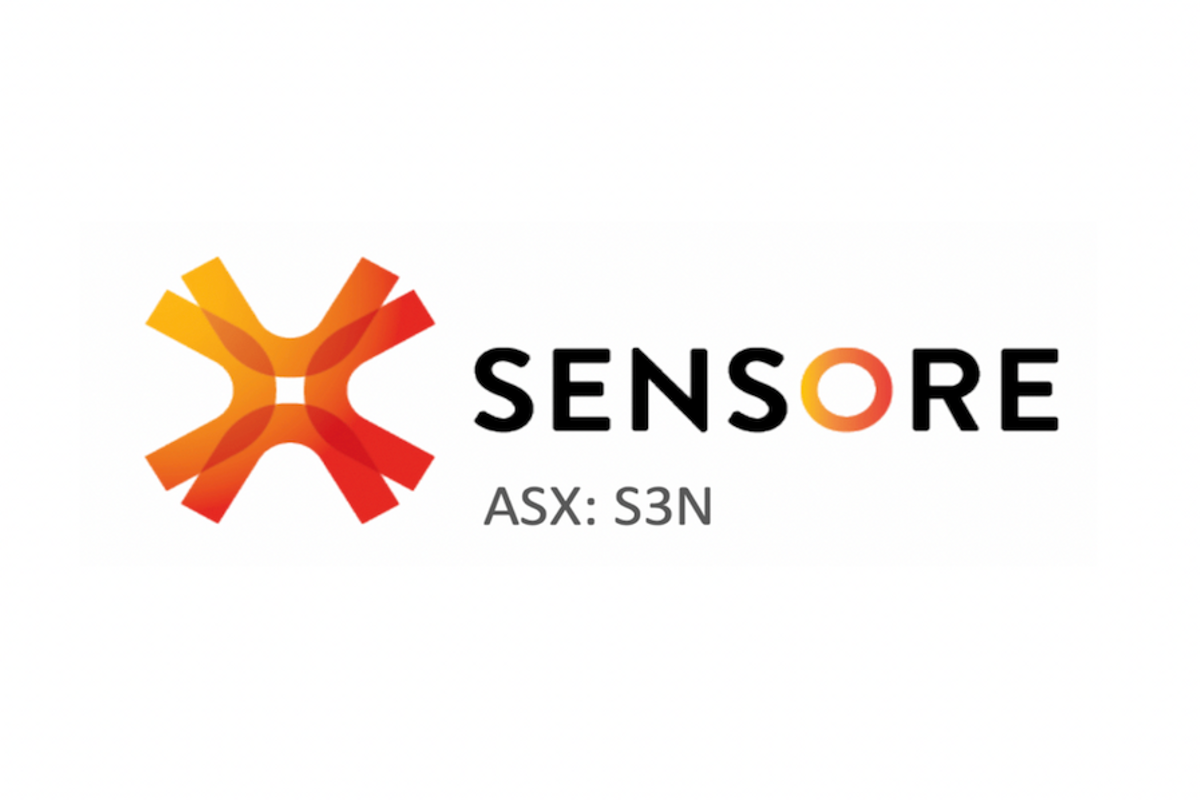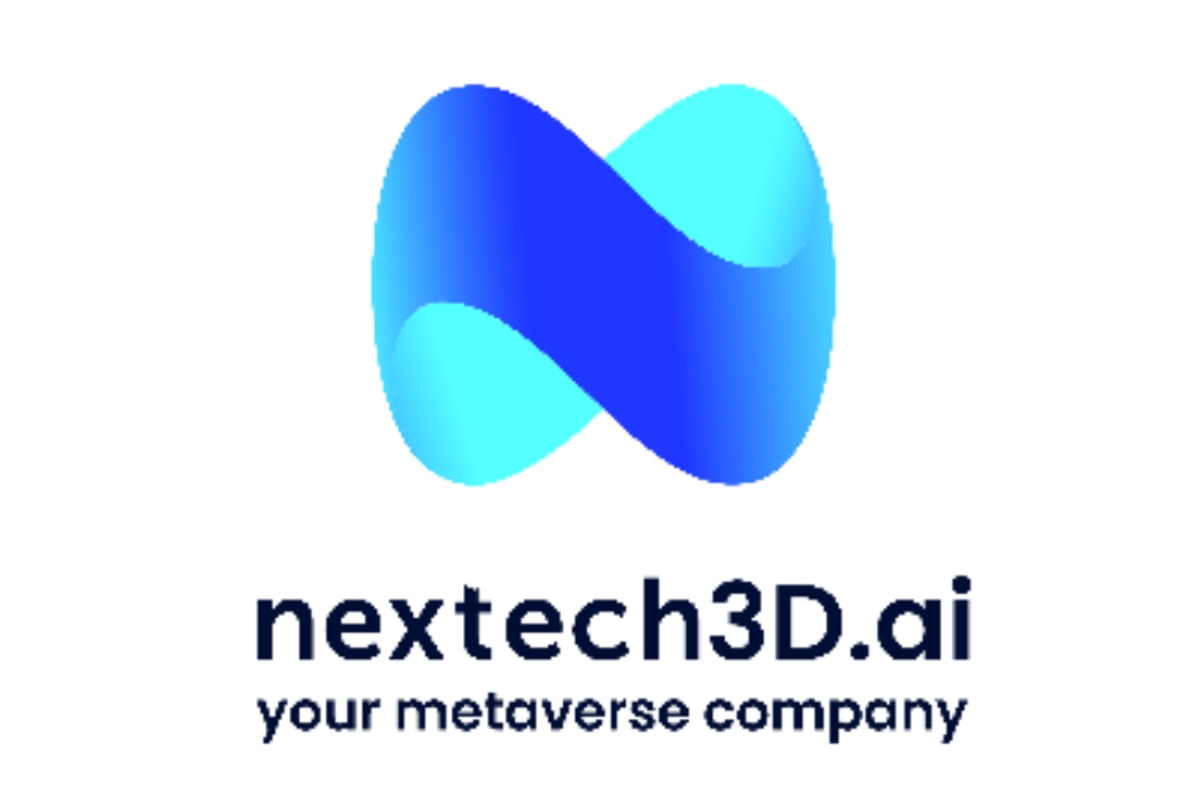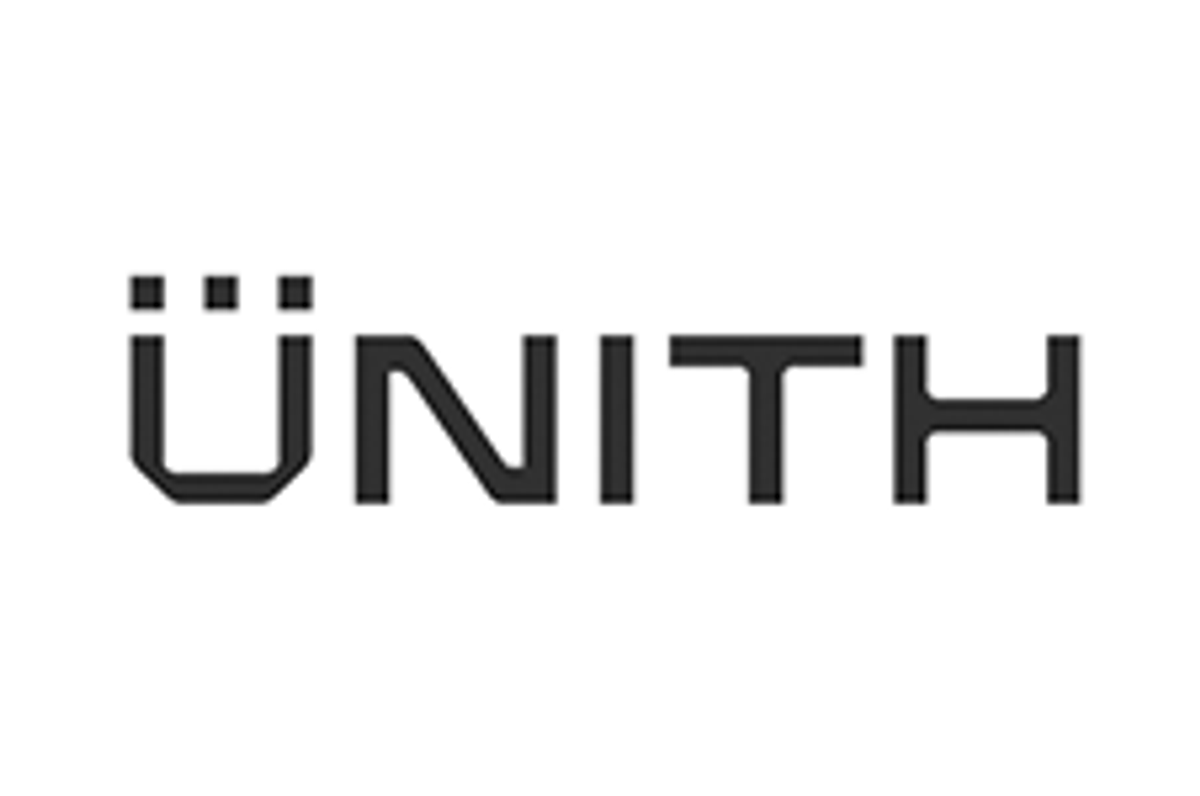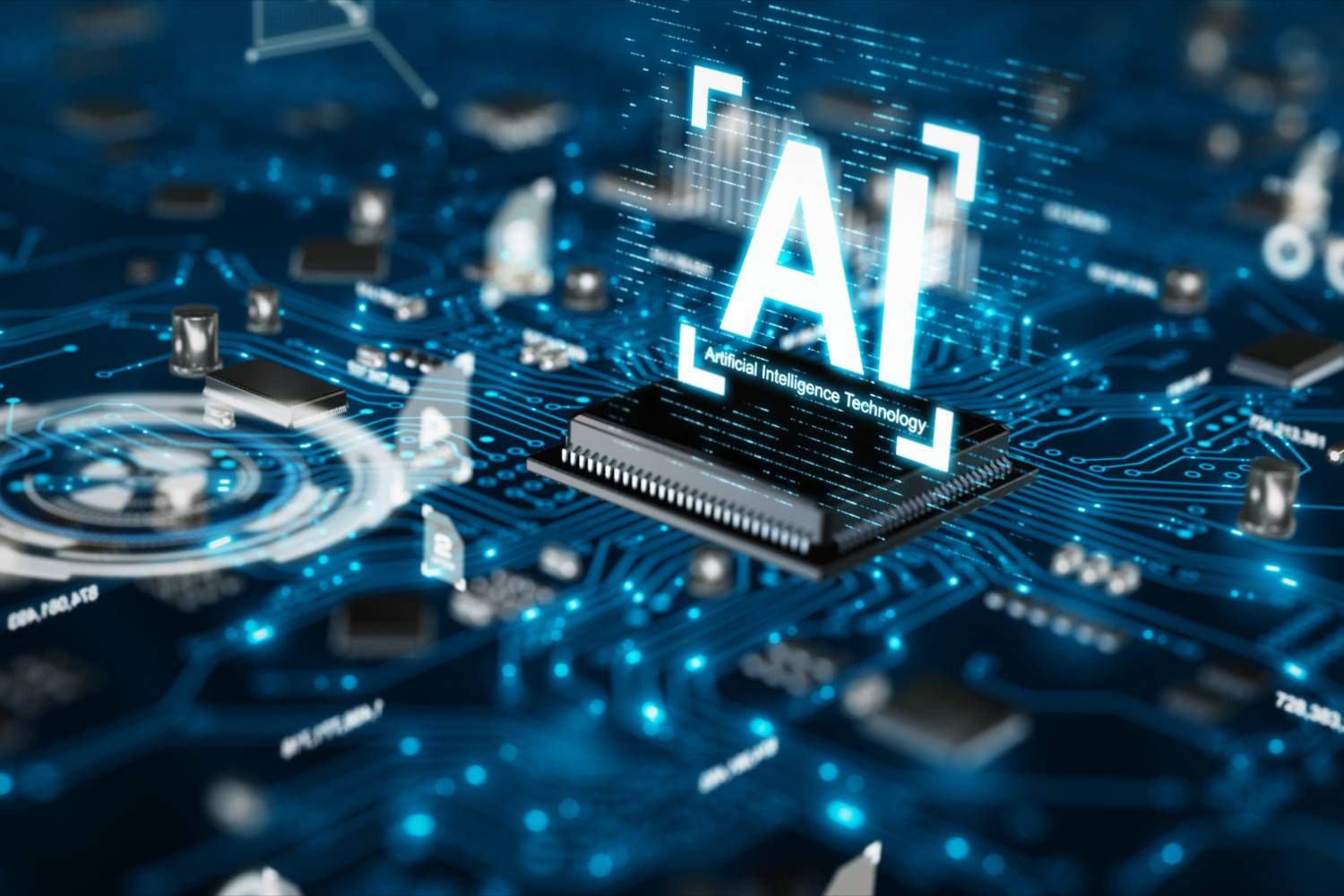
- NORTH AMERICA EDITIONAustraliaNorth AmericaWorld
April 25, 2023
SensOre Limited (ASX:S3N) (‘S3N’ or the Company) is pleased to announce the success of both applications for EIS funding from the government of Western Australia in Round 27. EIS funding can be used to support drilling on new targets that have the potential to add value to the state by opening up new areas for exploration. SensOre’s Moonera and Auralia projects are early stage, greenfield projects in Western Australia’s Madura Province and the deployment of AI approaches to targeting undercover hold potential to unlock value in these regions.
Highlights
- SensOre has been successful again in the Western Australian Government’s Exploration Incentive Scheme (EIS) funding round which was announced on 24 April 2023
- SensOre submitted applications for the Moonera Project (SensOre earning 80%/ Nullabor 20%) and the Auralia Project (SensOre earning 70% and Chalice (ASX:CHN) 30%)
- Both EIS applications were successful, highlighting the quality of targets generated by SensOre’s AI technology and its potential to open up new prospective areas for exploration in the state
- Total funding available through the successful applications is $350,000 ($150,000 for RC drilling at Auralia and $200,000 for diamond drilling on Moonera)
SensOre CEO Richard Taylor said: "We are grateful again to the government of Western Australia for its support for innovative new technologies and approaches. These are exiting projects. The first drilling at Moonera last year geochemically confirmed the potential for the area to host a major copper-gold system and highlights the ability of SensOre’s machine learning and data driven approach to rapidly identify and define exploration prospects. We look forward to working with our partners to realise this potential."

Moonera Overview
The Moonera prospect is a large, circular (7x5km) dense and magnetic geophysical feature located on a major structural dislocation visible in the Madura Province in Western Australia’s magnetic and gravity data. The Madura province, east of the Fraser Ranger province is a newly emerging frontier exploration region that has complex and interesting basement geology beneathextensive cover rocks. The location of the project in relation to the regional geophysics is presented on figure 1.
SensOre’s interpretation is that Moonera is a pipe-like, multiphase, altered intrusive with associated iron-rich magnetic alteration and metasomatism surrounding a central dense central body. The target’s geophysical signature was interpreted as demonstrating characteristics of a carbonatite, IOCG or porphyry type system which gives the target outsized potential if mineralised. The first successful drill hole to test the target was completed in July 2022, with assistance from EIS funding. The drilling encountered a granite and intermediate igneous complex in the basement from 458m depth. Magnetite, hematite, albite, sericite, chlorite and epidote alteration combined with fertility indicators from whole rock geochemistry are indicative of signatures commonly associated with Magmatic Hydrothermal IOCG’s (MH IOCG), alkaline Porphyry and Cu Au breccia mineral systems. All of these deposit styles have been associated with world class deposits.

Moonera is one of the first of SensOre’s next generation base-metals targets resulting from an expanded application of DPT on its proprietary hyperdimensional data cube combined with new geochemical and geophysical tools. SensOre’s technology has great potential to improve discovery rates for rare earth, battery and critical minerals. Moonera is a joint venture with private company Nullabor Resources Pty Ltd. SensOre through its 100% subsidiary SensOre Yilgarn Ventures Pty Ltd can earn up to an 80% interest in the prospect by expending$3 million within three years.
Click here for the full ASX Release
This article includes content from SensOre Limited, licensed for the purpose of publishing on Investing News Australia. This article does not constitute financial product advice. It is your responsibility to perform proper due diligence before acting upon any information provided here. Please refer to our full disclaimer here.
S3N:AU
The Conversation (0)
4h
Why 3D Visualisation is a Game Changer for Resource Asset Management
Forget spreadsheets and static blueprints. The future of resource asset management is unfolding in three dimensions, and smart money is starting to take notice. 3D visualisation is no longer a niche tool; it's rapidly becoming the indispensable core of how resource companies — such as mining,... Keep Reading...
5h
Seegnal's operating subsidiary Seegnal E-Health Ltd. hires AI VP to Strengthen AI Capabilities and Accelerates Development of Seegnal Guard
Seegnal Inc. (TSXV: SEGN), a global leader in clinical decision support solutions applying patient-centric medication safety standards, today announced a major enhancement of its artificial intelligence capabilities with the appointment of Yura Zharkovsky as Vice President of Artificial... Keep Reading...
05 January
Nextech3D.ai Closes Krafty Labs Acquisition Expanding into a Comprehensive End-to-End AI-Powered Live Events and Experiential Engagement Platform
The Krafty Labs acquisition brings with it a diversified list of blue-chip enterprise customers TORONTO, ON AND NEW YORK, NY / ACCESS Newswire / January 5, 2026 / Nextech3D.ai (CSE:NTAR,OTC:NEXCF)(OTCQB:NEXCF)(FSE:1SS), an AI-first technology company specializing in AI-powered live event... Keep Reading...
28 December 2025
Unith Strengthens Funding Position
Unith (UNT:AU) has announced Unith Strengthens Funding PositionDownload the PDF here. Keep Reading...
24 December 2025
CORRECTION: Nextech3D.ai Provides Shareholder Update on Krafty Labs Acquisition and Announces $321,917 CEO Investment
Correction: The conversion price was incorrectly reported as .14/share. The correct price is .165/shareCorrection: Nextech3D.ai Provides Shareholder Update on Krafty Labs Acquisition and Announces $321,917 CEO InvestmentCorrection: The conversion price was incorrectly reported as .14/share. The... Keep Reading...
23 December 2025
AI Market Forecast: Top Trends for AI in 2026
Artificial intelligence (AI) has cemented its role as a key sector for investors, but its path forward is shifting.Several catalysts, including sustained AI infrastructure spending and US Federal Reserve interest rate cuts, are poised to drive tech sector growth in 2026; however, massive capital... Keep Reading...
Latest News
Interactive Chart
Latest Press Releases
Related News
TOP STOCKS
American Battery4.030.24
Aion Therapeutic0.10-0.01
Cybin Corp2.140.00




